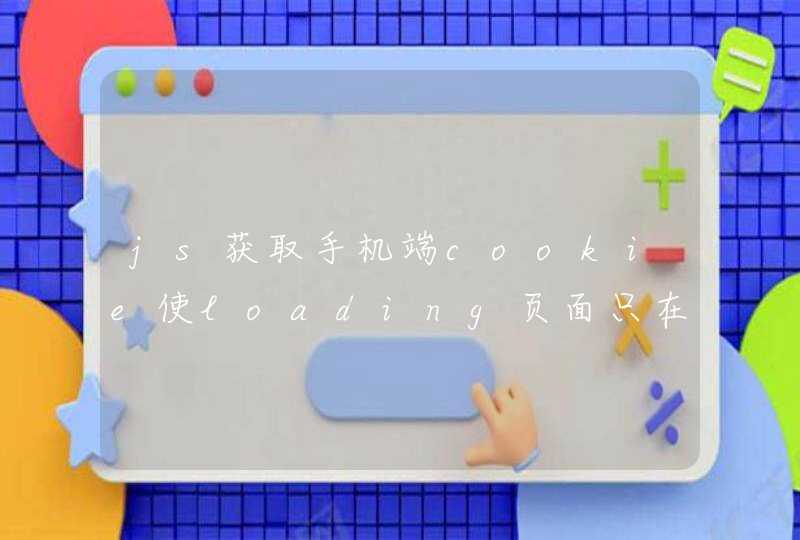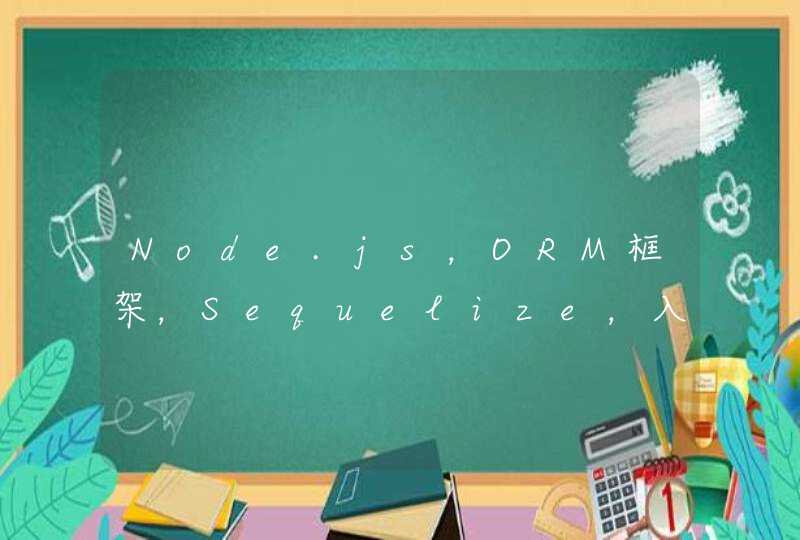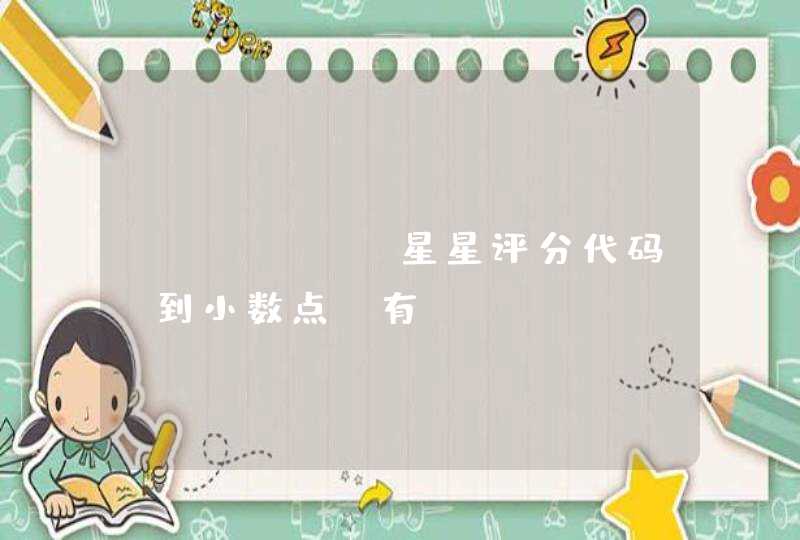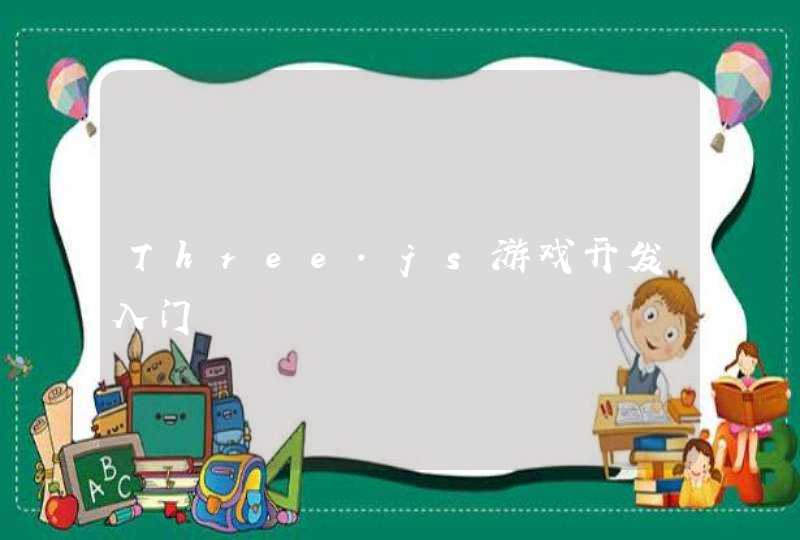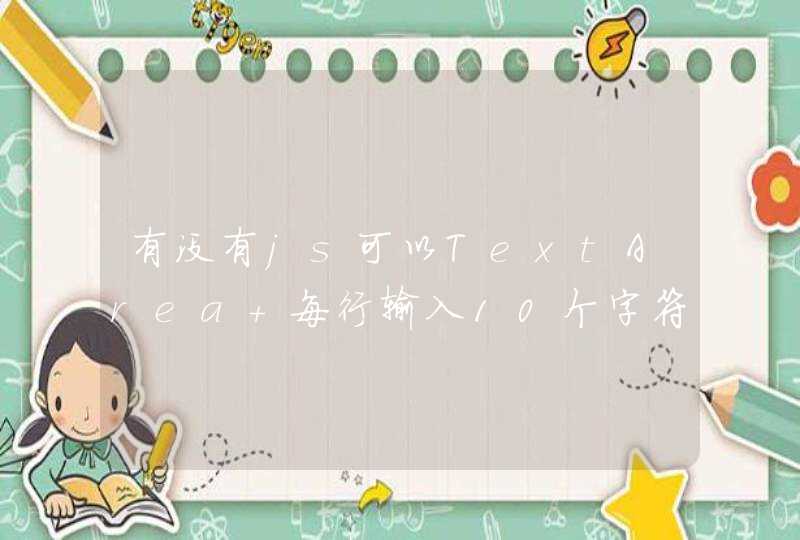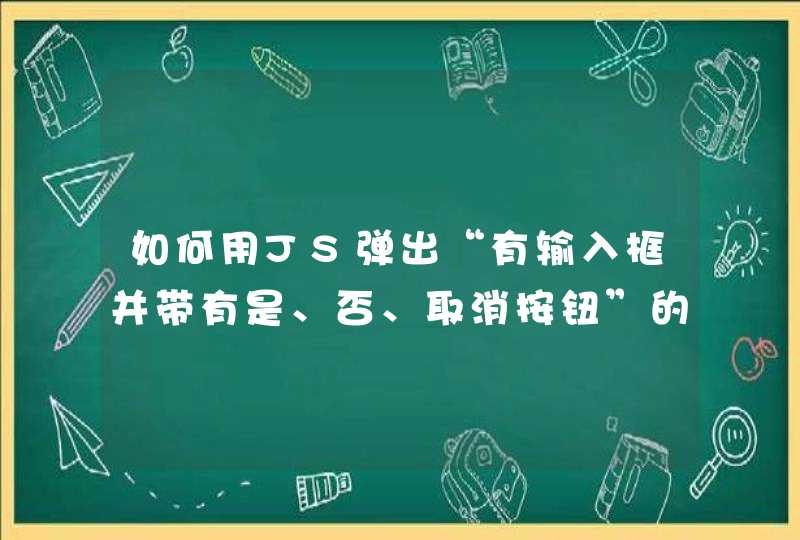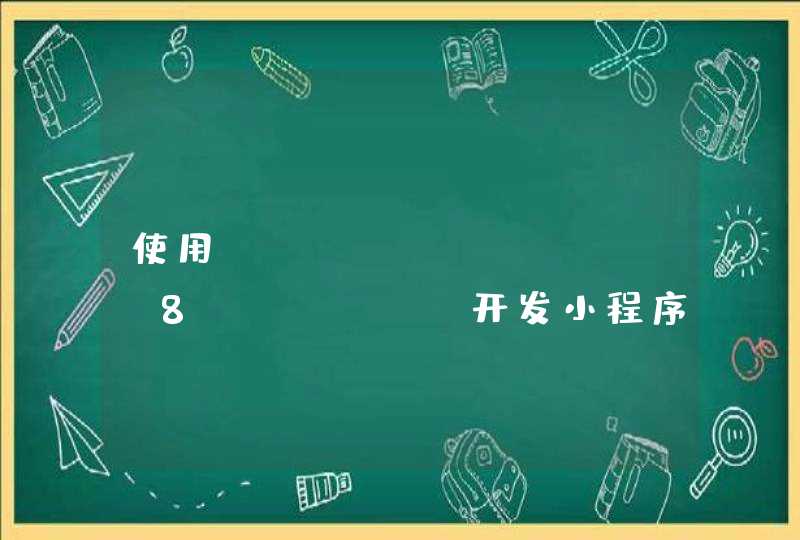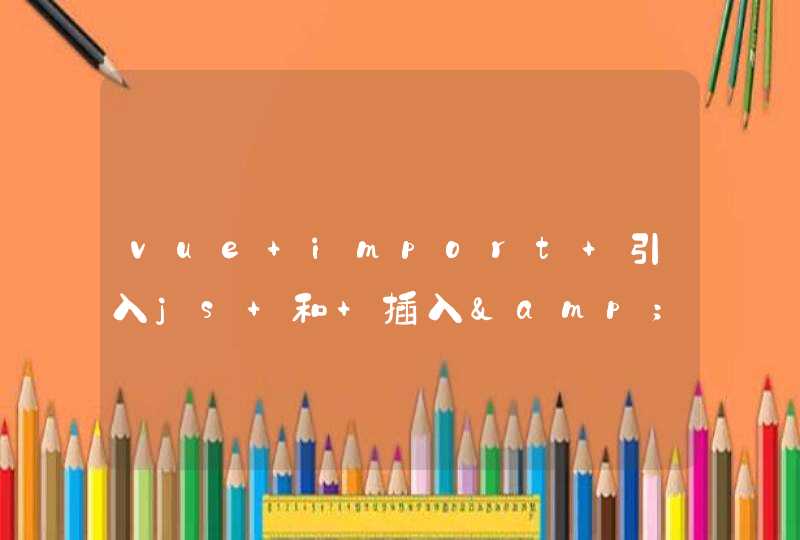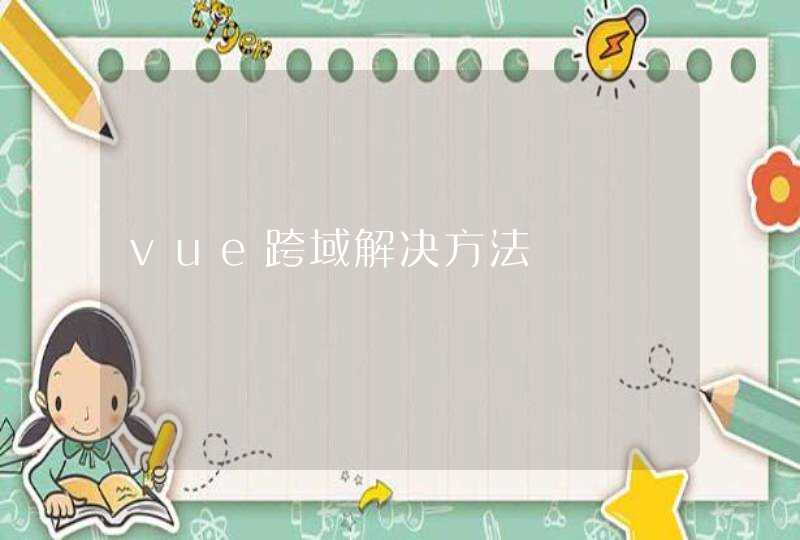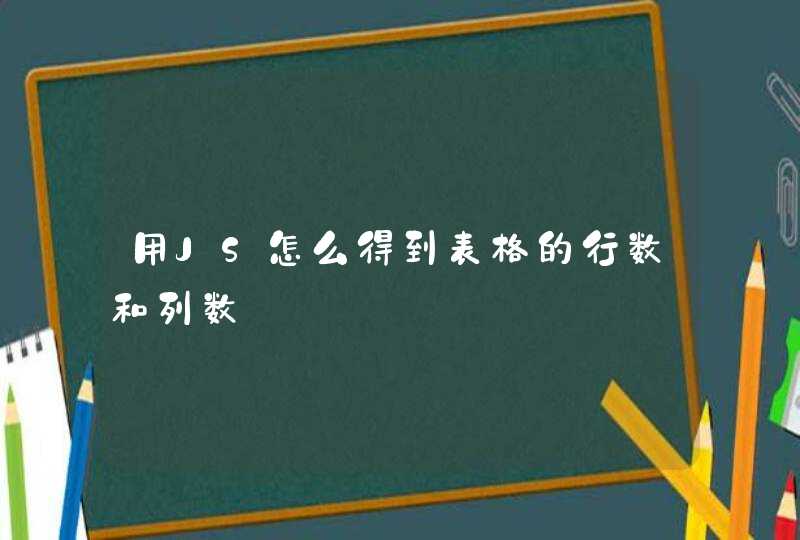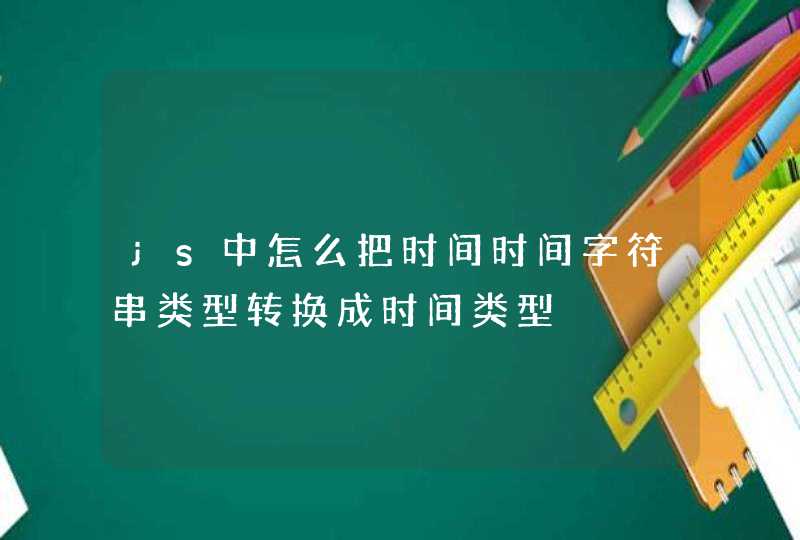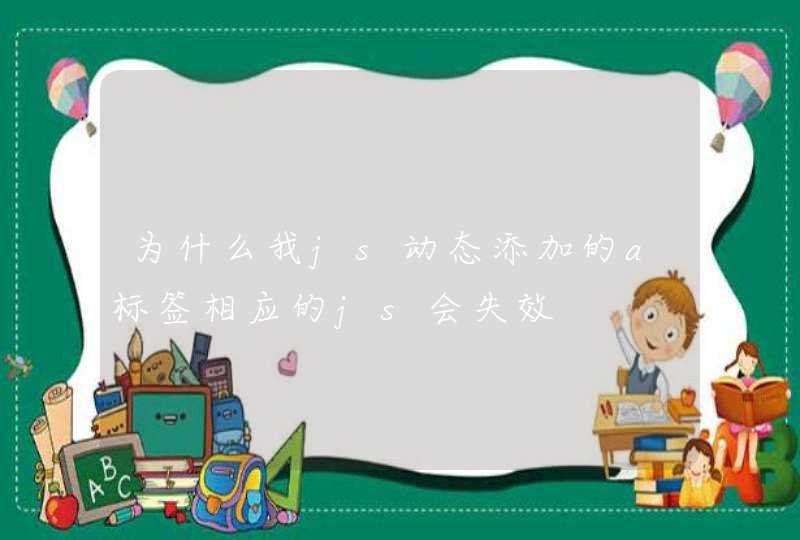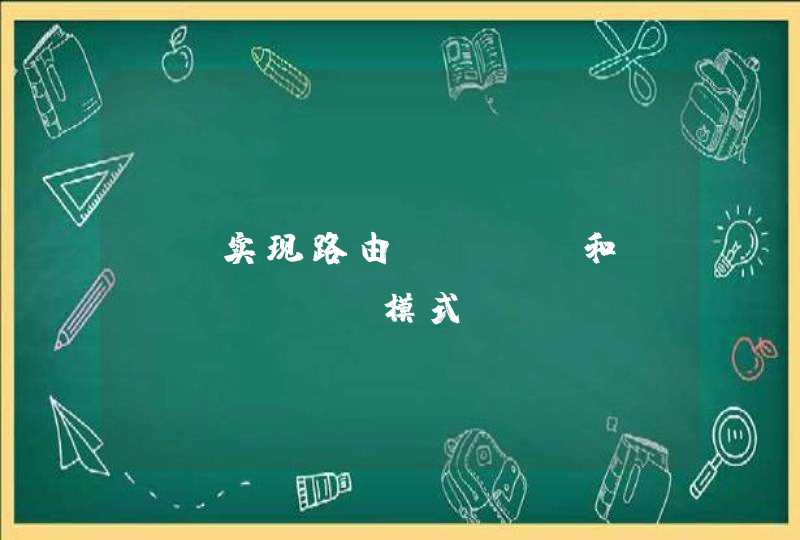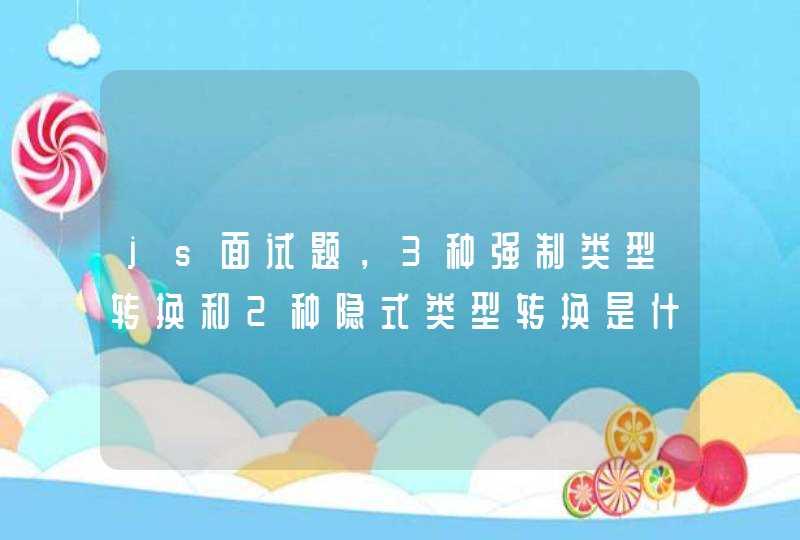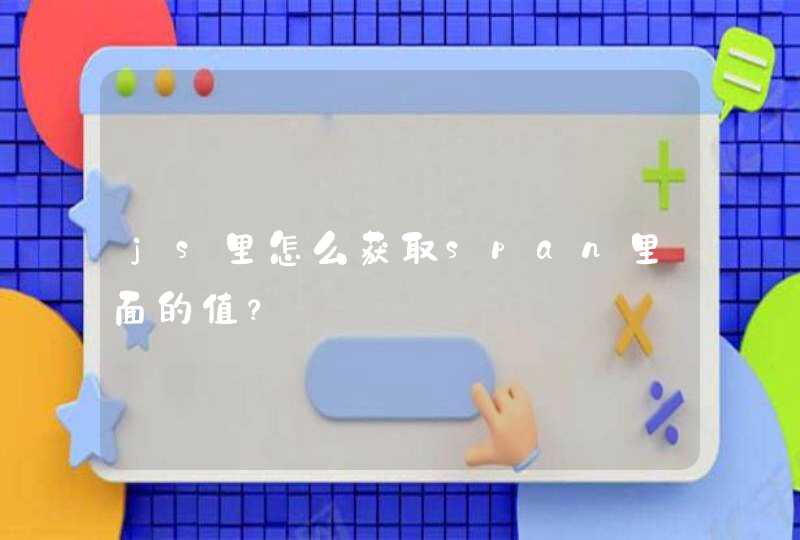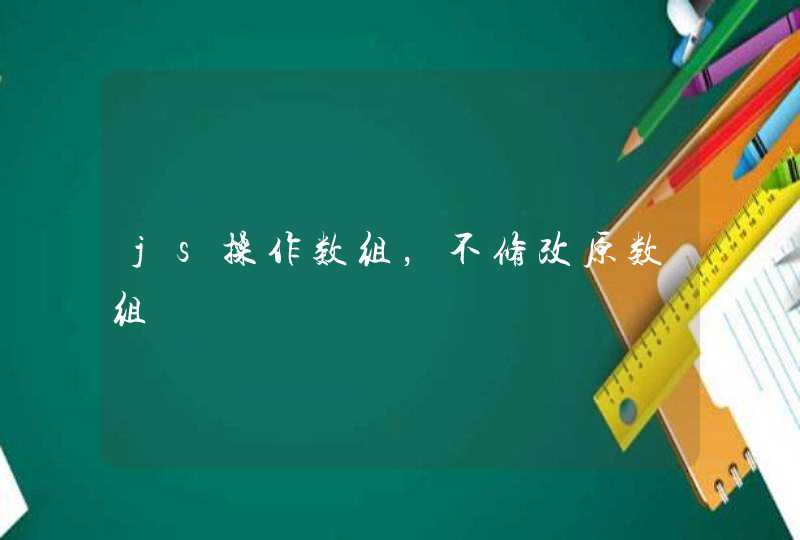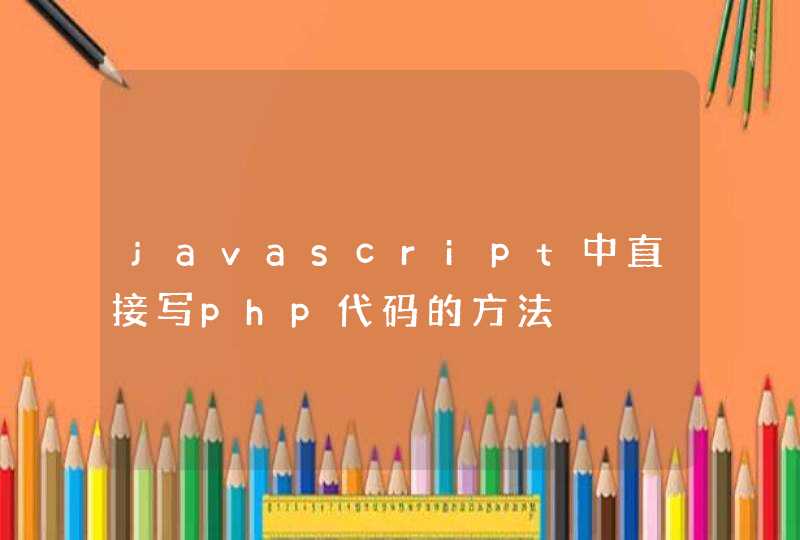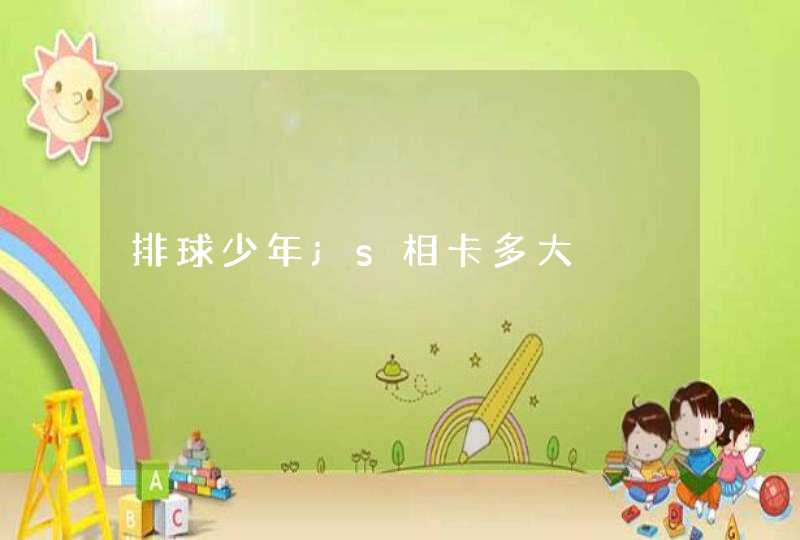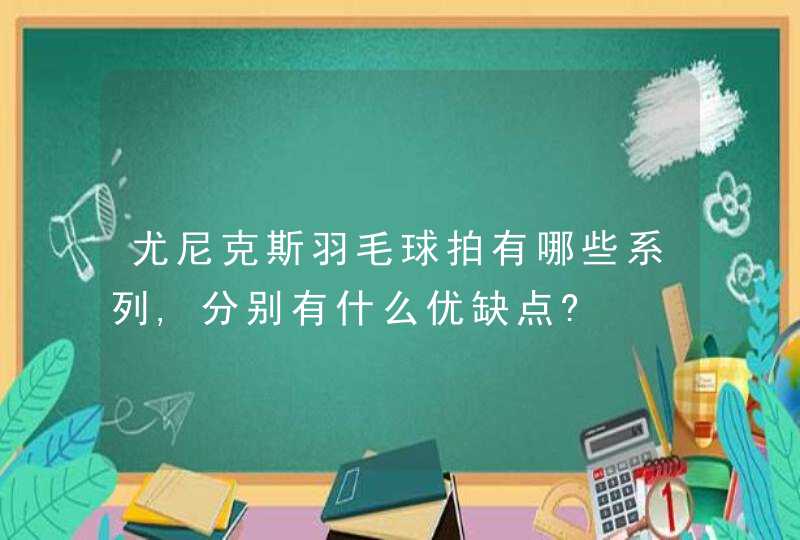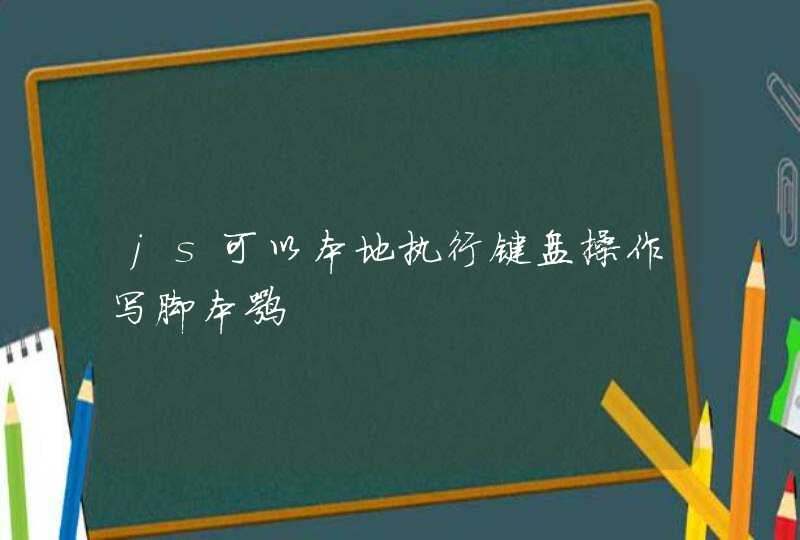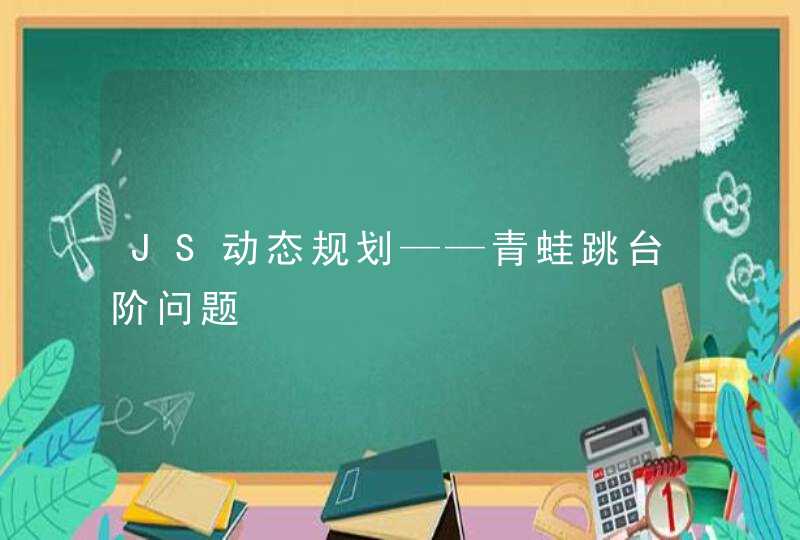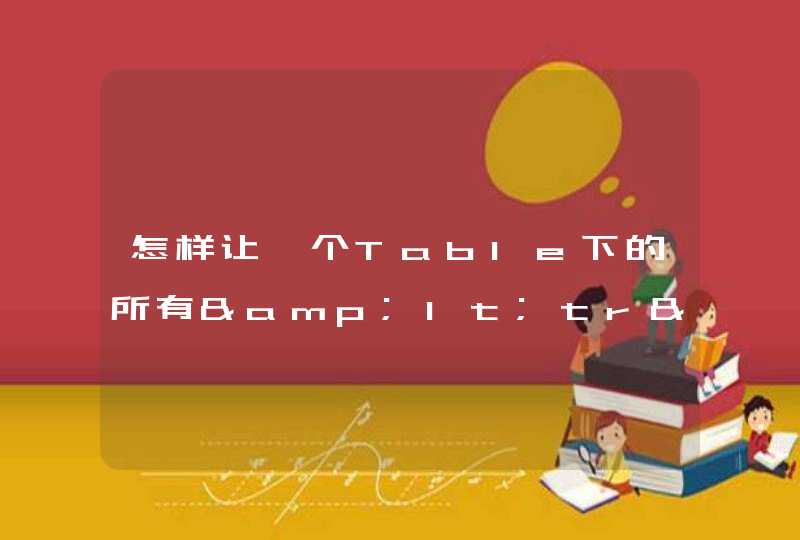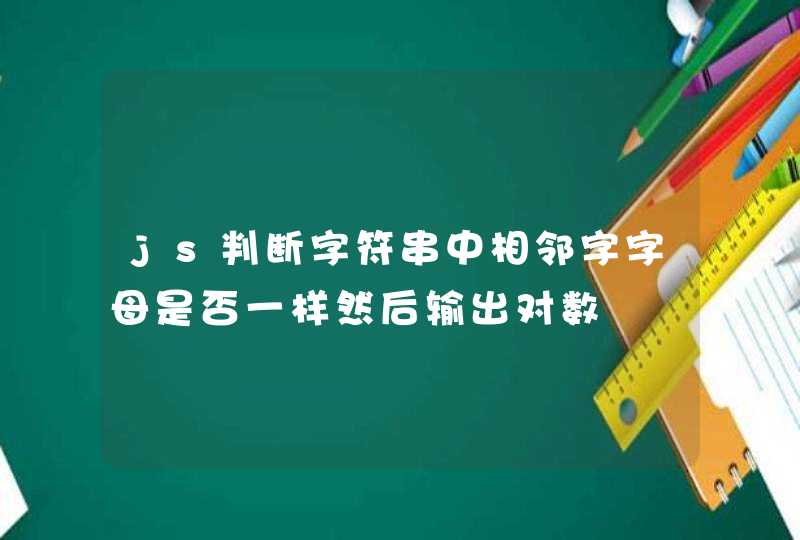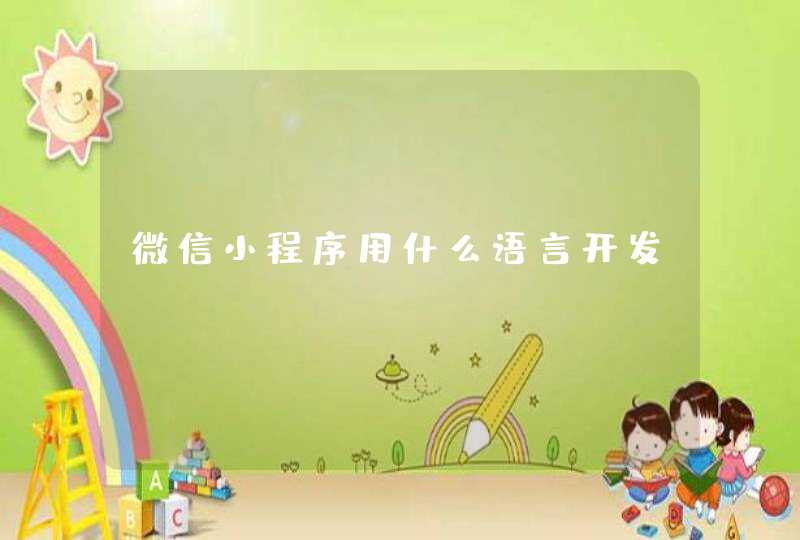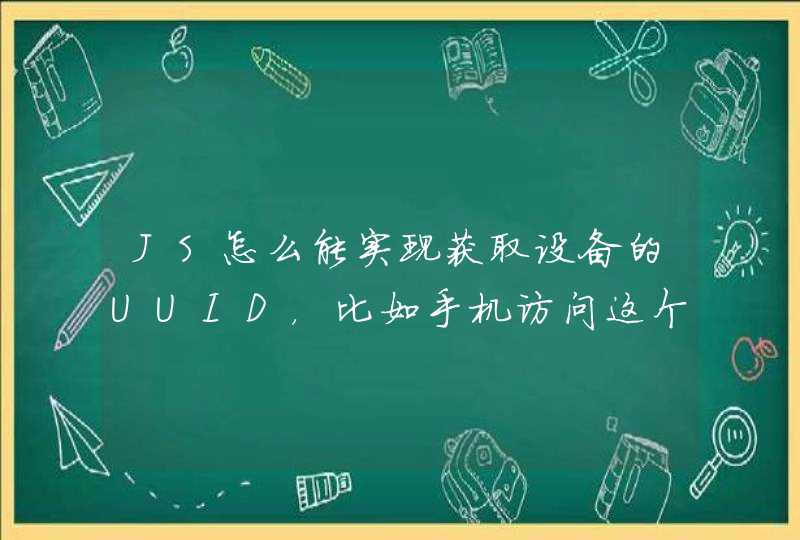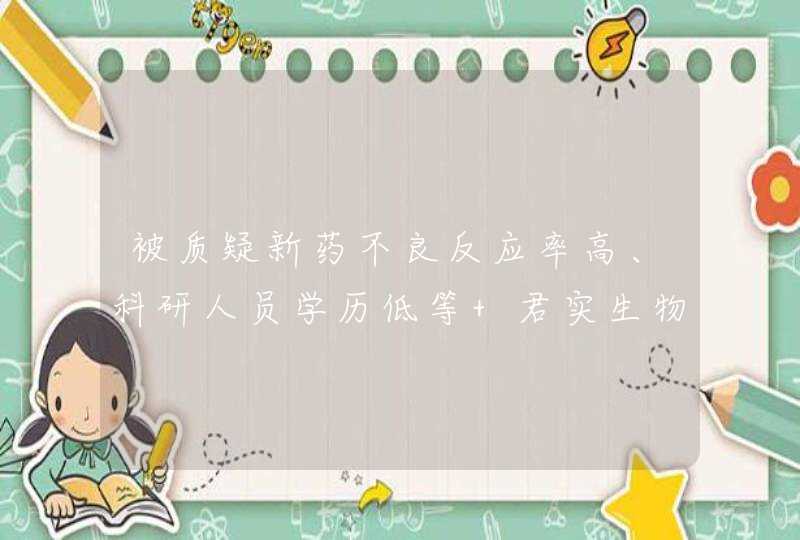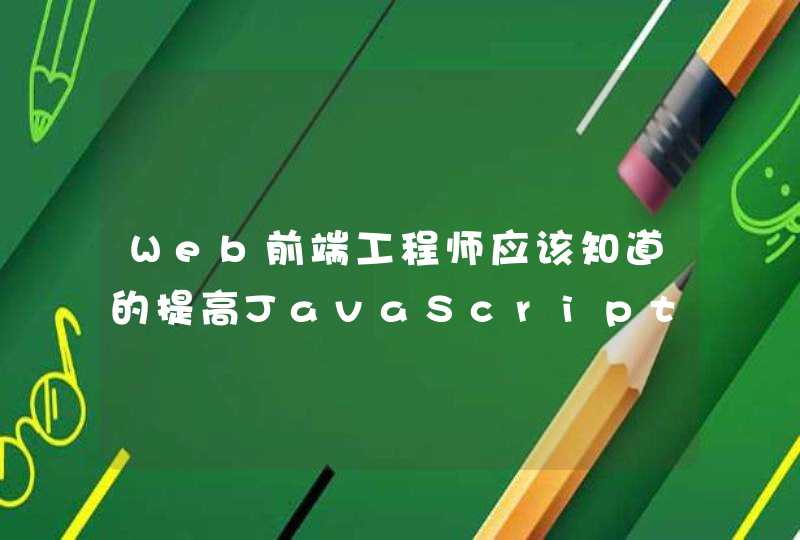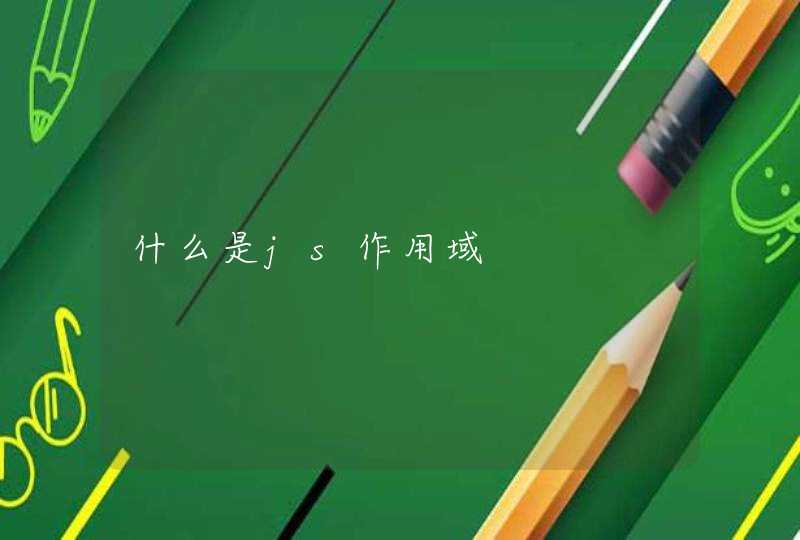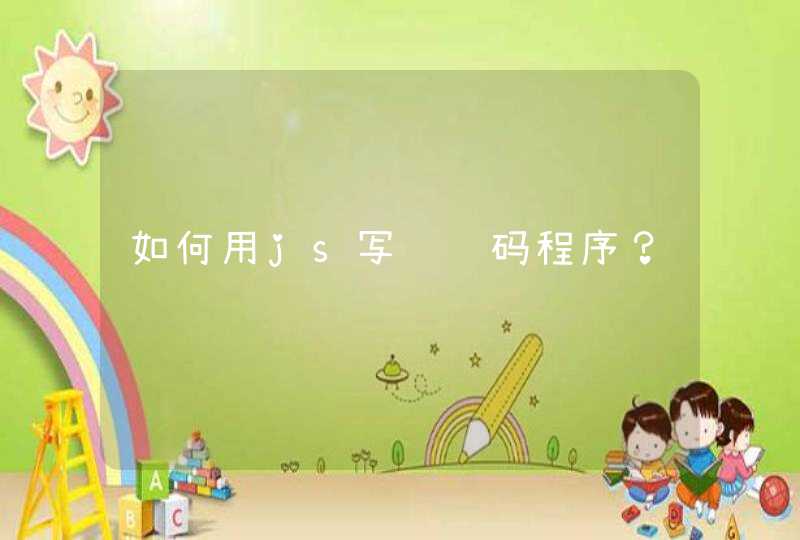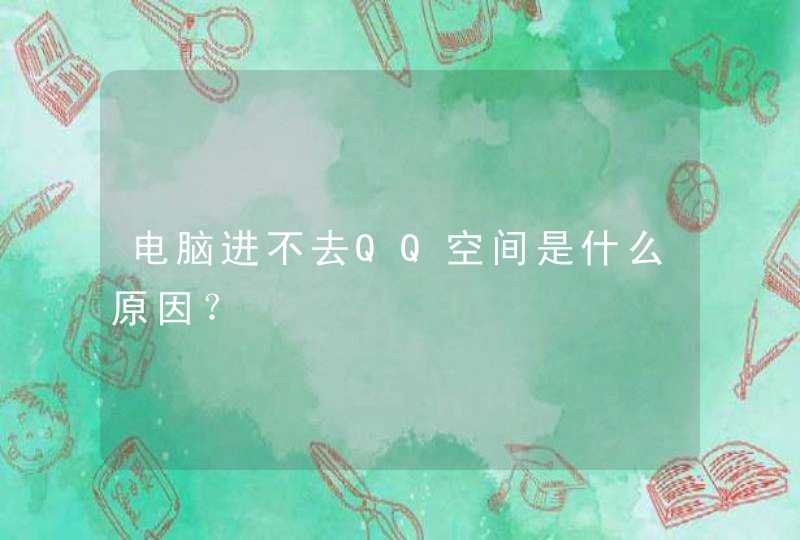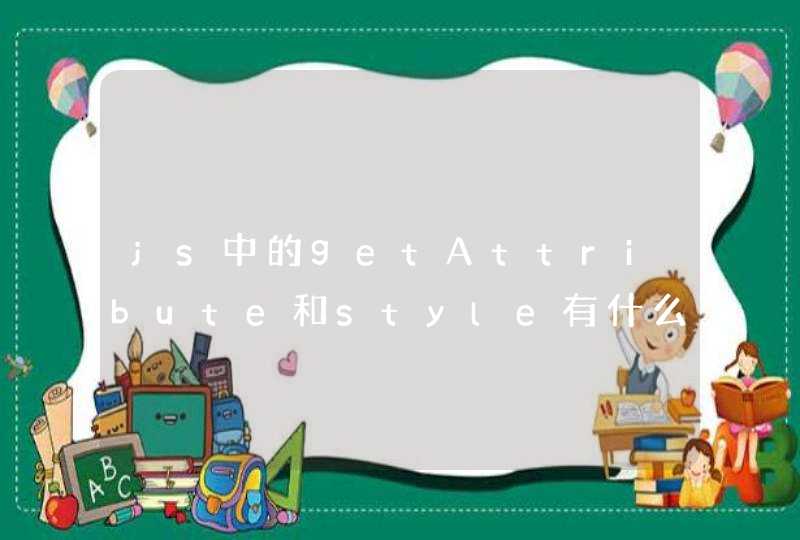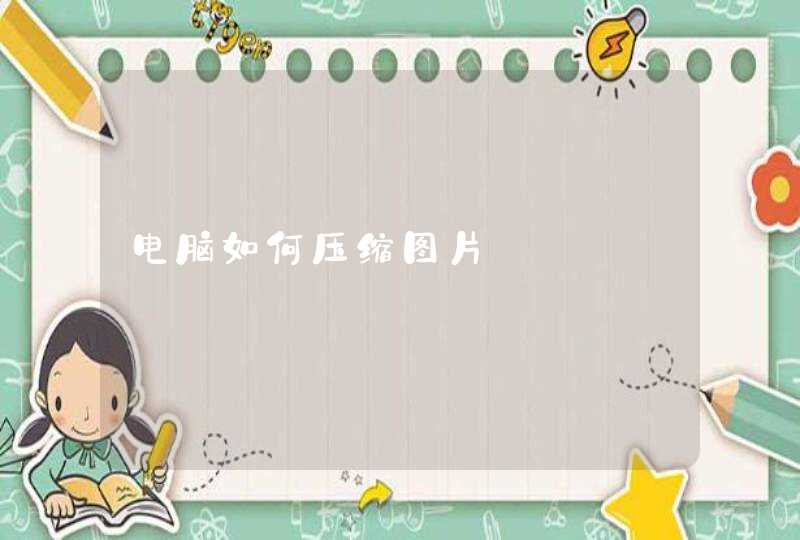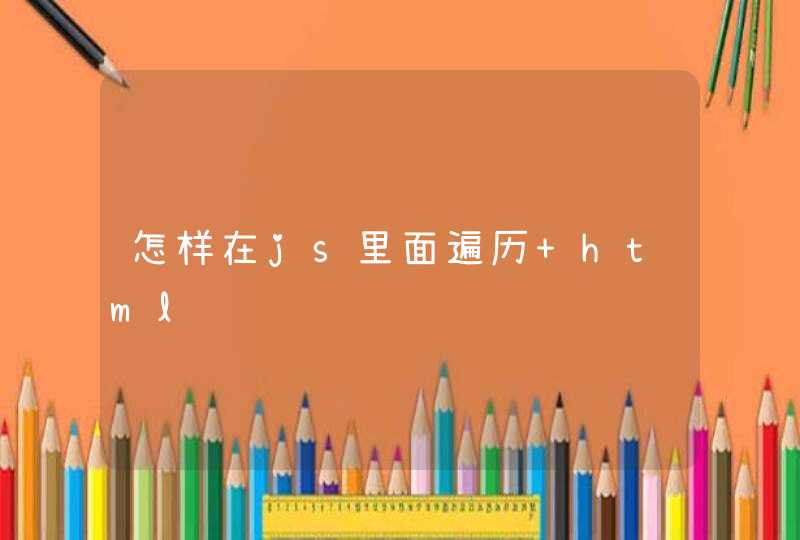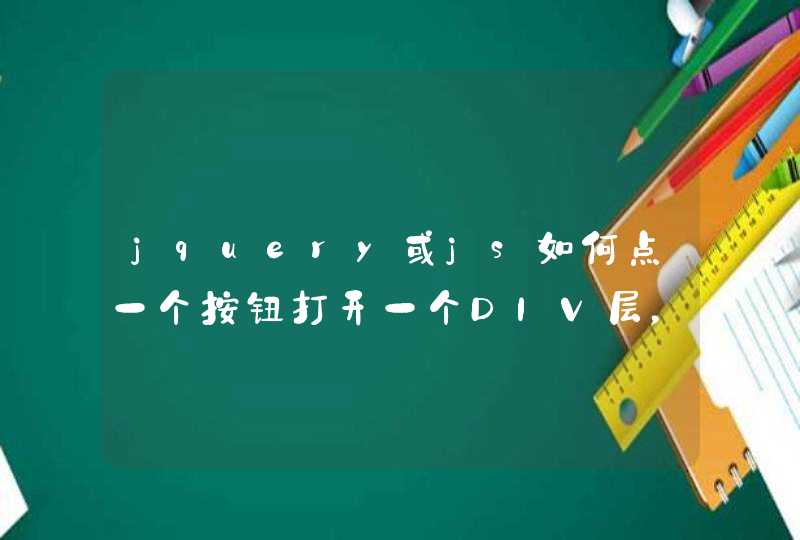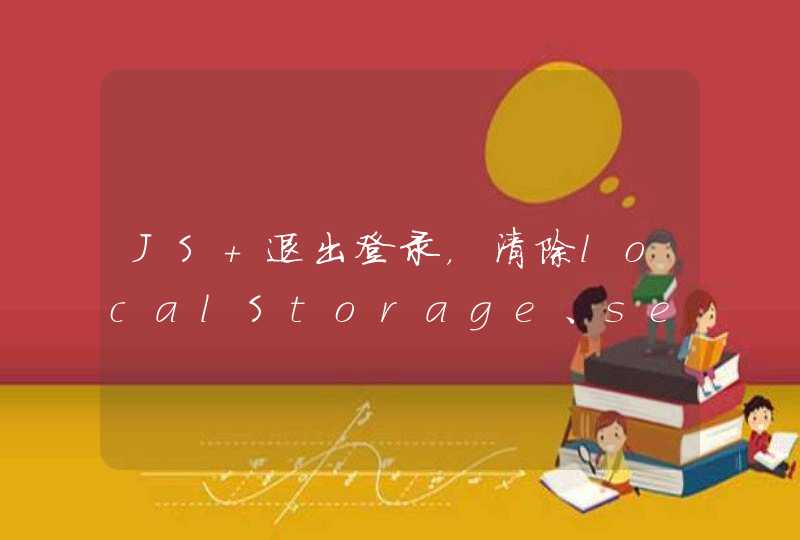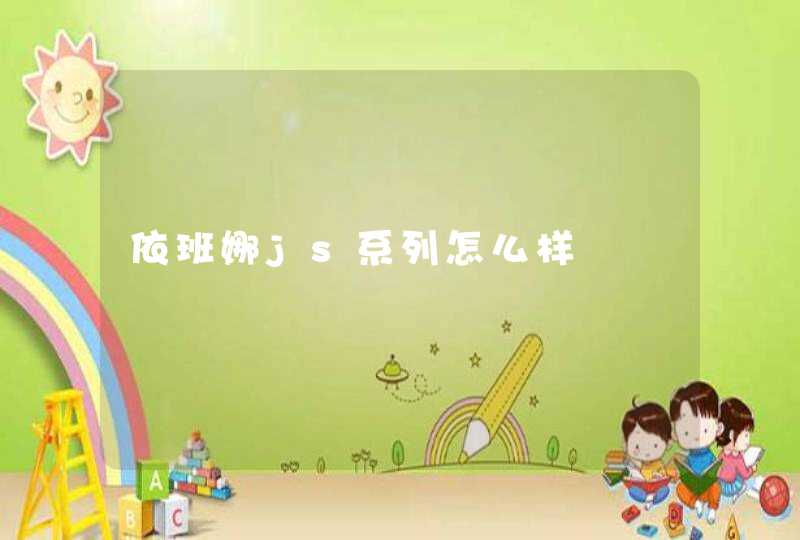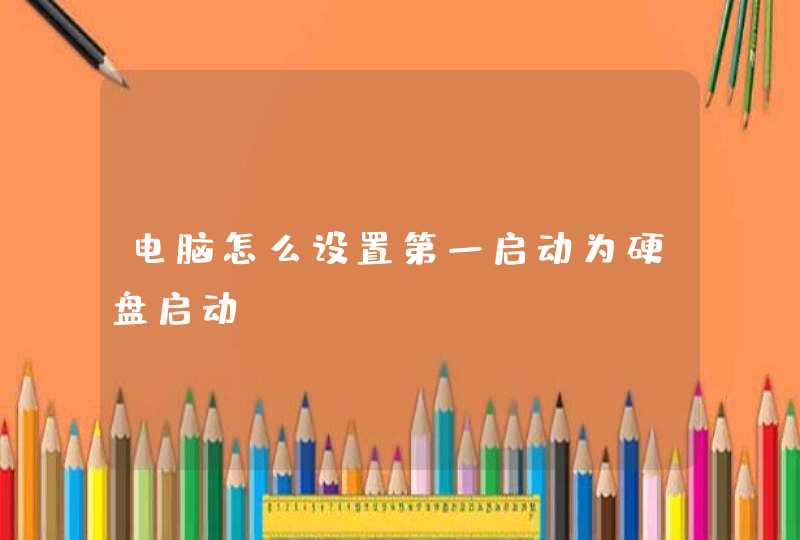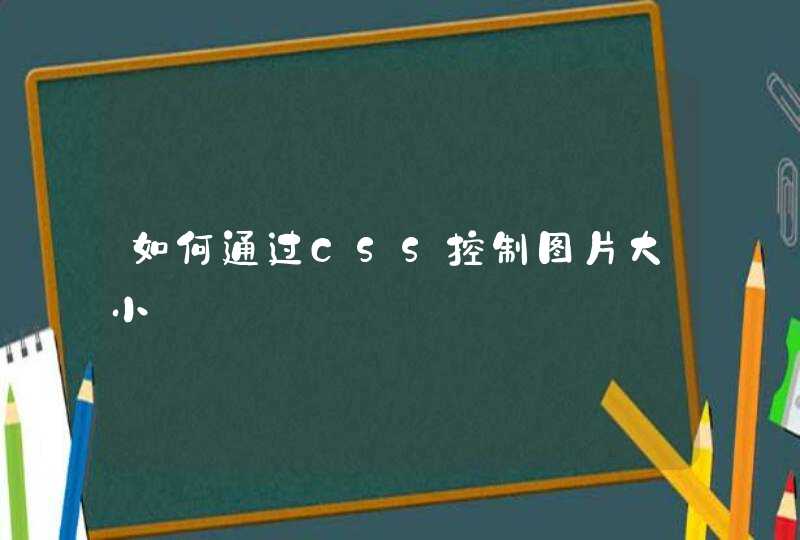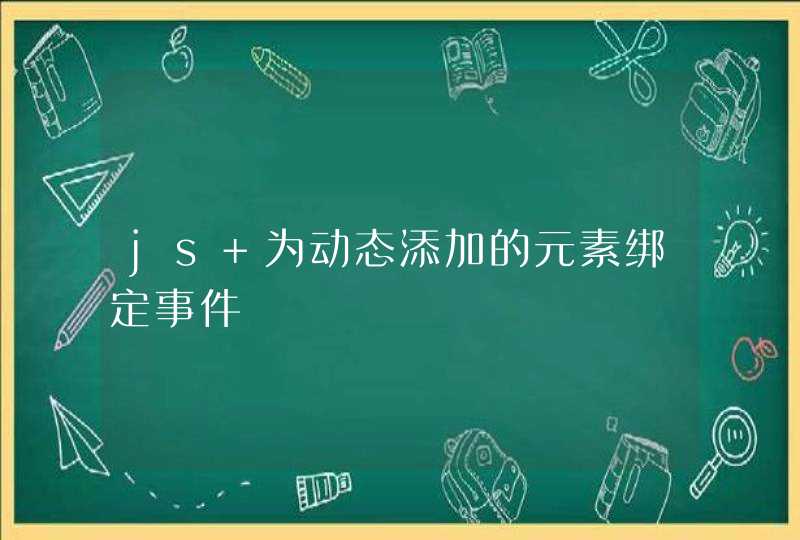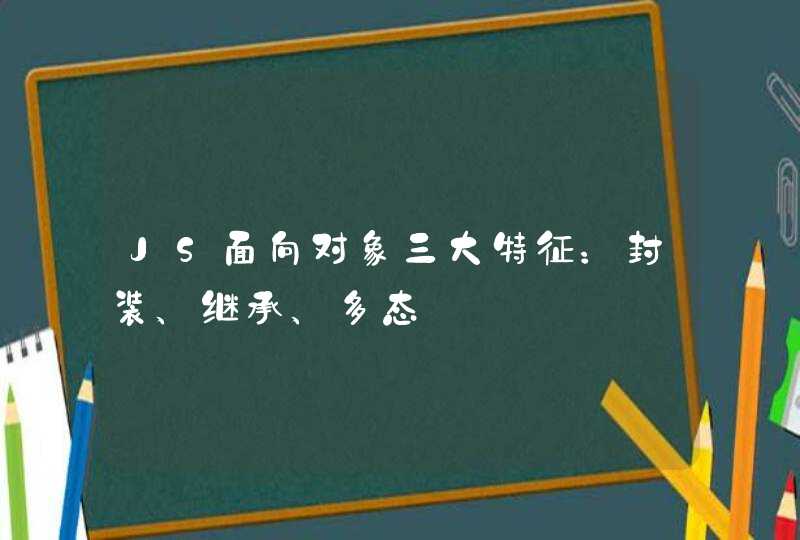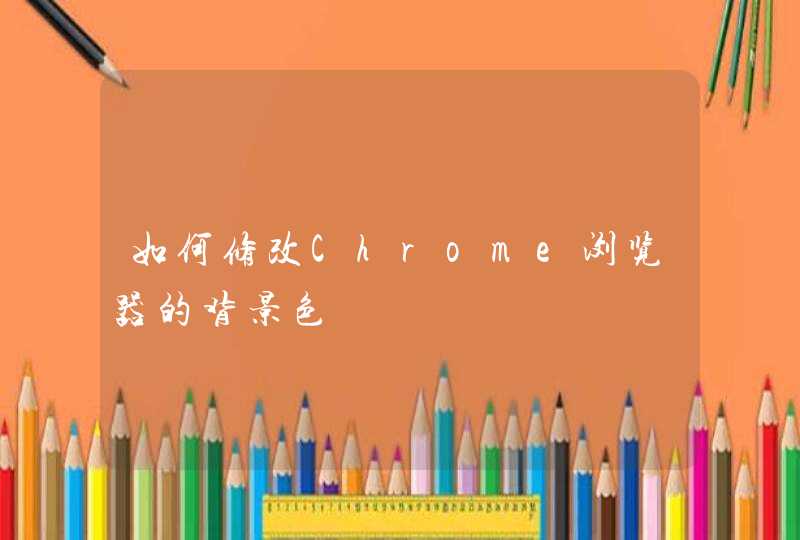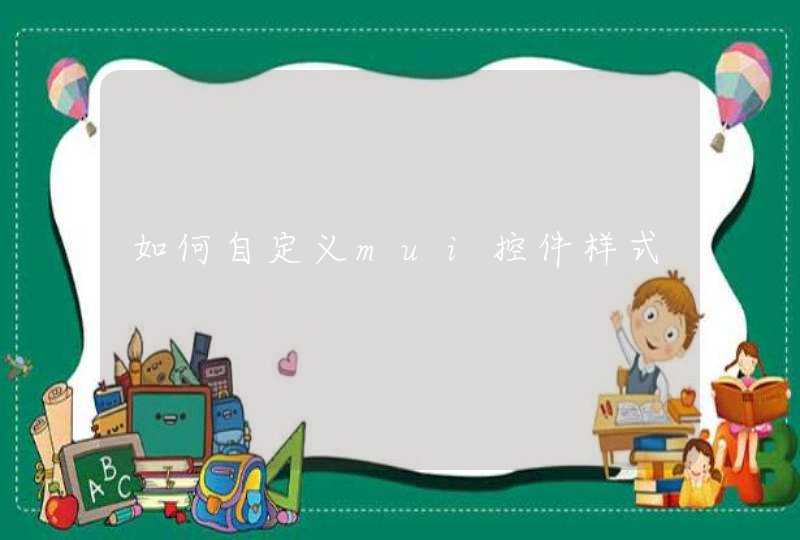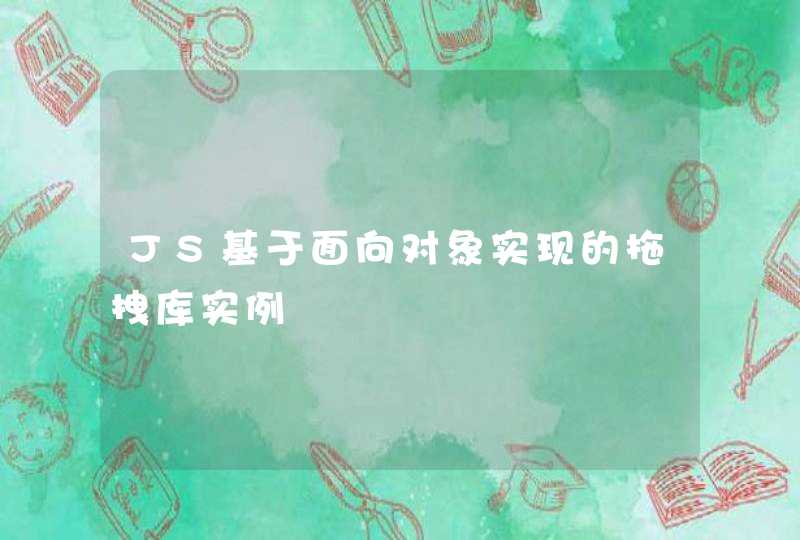
这是一个面向对象的JS拖拽库,可设置水平锁定、垂直锁定、锁定位置、锁定范围等,设定这些范围后,只能在设定的模式下拖动,我觉得这是个挺不错的拖拽实例。
运行效果截图如下:
在线演示地址如下:
http://demo.jb51.net/js/2015/js-mxdx-draw-plug-codes/
具体代码如下:
<!DOCTYPE
html
PUBLIC
"-//W3C//DTD
XHTML
1.0
Transitional//EN"
"http://www.w3.org/TR/xhtml1/DTD/xhtml1-transitional.dtd">
<html
xmlns="http://www.w3.org/1999/xhtml">
<head>
<meta
http-equiv="Content-Type"
content="text/html
charset=utf-8"
/>
<title>拖拽库</title>
<style
type="text/css">
div,h2,p{margin:0padding:0}
body{font:14px/1.5
arial}
#box{width:100pxheight:100pxbackground:#fef4ebpadding:5pxmargin:50pxborder:1px
solid
#f60}
#box
.title{height:25pxbackground:#f60}
#tool{margin-bottom:10px}
</style>
<script
type="text/javascript">
function
Drag()
{
//初始化
this.initialize.apply(this,
arguments)
}
Drag.prototype
=
{
//初始化
initialize
:
function
(drag,
options)
{
this.drag
=
this.$(drag)
this._x
=
this._y
=
0
this._moveDrag
=
this.bind(this,
this.moveDrag)
this._stopDrag
=
this.bind(this,
this.stopDrag)
this.setOptions(options)
this.handle
=
this.$(this.options.handle)
this.maxContainer
=
this.$(this.options.maxContainer)
this.maxTop
=
Math.max(this.maxContainer.clientHeight,
this.maxContainer.scrollHeight)
-
this.drag.offsetHeight
this.maxLeft
=
Math.max(this.maxContainer.clientWidth,
this.maxContainer.scrollWidth)
-
this.drag.offsetWidth
this.limit
=
this.options.limit
this.lockX
=
this.options.lockX
this.lockY
=
this.options.lockY
this.lock
=
this.options.lock
this.onStart
=
this.options.onStart
this.onMove
=
this.options.onMove
this.onStop
=
this.options.onStop
this.handle.style.cursor
=
"move"
this.changeLayout()
this.addHandler(this.handle,
"mousedown",
this.bind(this,
this.startDrag))
},
changeLayout
:
function
()
{
this.drag.style.top
=
this.drag.offsetTop
+
"px"
this.drag.style.left
=
this.drag.offsetLeft
+
"px"
this.drag.style.position
=
"absolute"
this.drag.style.margin
=
"0"
},
startDrag
:
function
(event)
{
var
event
=
event
||
window.event
this._x
=
event.clientX
-
this.drag.offsetLeft
this._y
=
event.clientY
-
this.drag.offsetTop
this.addHandler(document,
"mousemove",
this._moveDrag)
this.addHandler(document,
"mouseup",
this._stopDrag)
event.preventDefault
&&
event.preventDefault()
this.handle.setCapture
&&
this.handle.setCapture()
this.onStart()
},
moveDrag
:
function
(event)
{
var
event
=
event
||
window.event
var
iTop
=
event.clientY
-
this._y
var
iLeft
=
event.clientX
-
this._x
if
(this.lock)
return
this.limit
&&
(iTop
<
0
&&
(iTop
=
0),
iLeft
<
0
&&
(iLeft
=
0),
iTop
>
this.maxTop
&&
(iTop
=
this.maxTop),
iLeft
>
this.maxLeft
&&
(iLeft
=
this.maxLeft))
this.lockY
||
(this.drag.style.top
=
iTop
+
"px")
this.lockX
||
(this.drag.style.left
=
iLeft
+
"px")
event.preventDefault
&&
event.preventDefault()
this.onMove()
},
stopDrag
:
function
()
{
this.removeHandler(document,
"mousemove",
this._moveDrag)
this.removeHandler(document,
"mouseup",
this._stopDrag)
this.handle.releaseCapture
&&
this.handle.releaseCapture()
this.onStop()
},
//参数设置
setOptions
:
function
(options)
{
this.options
=
{
handle:
this.drag,
//事件对象
limit:
true,
//锁定范围
lock:
false,
//锁定位置
lockX:
false,
//锁定水平位置
lockY:
false,
//锁定垂直位置
maxContainer:
document.documentElement
||
document.body,
//指定限制容器
onStart:
function
()
{},
//开始时回调函数
onMove:
function
()
{},
//拖拽时回调函数
onStop:
function
()
{}
//停止时回调函数
}
for
(var
p
in
options)
this.options[p]
=
options[p]
},
//获取id
$
:
function
(id)
{
return
typeof
id
===
"string"
?
document.getElementById(id)
:
id
},
//添加绑定事件
addHandler
:
function
(oElement,
sEventType,
fnHandler)
{
return
oElement.addEventListener
?
oElement.addEventListener(sEventType,
fnHandler,
false)
:
oElement.attachEvent("on"
+
sEventType,
fnHandler)
},
//删除绑定事件
removeHandler
:
function
(oElement,
sEventType,
fnHandler)
{
return
oElement.removeEventListener
?
oElement.removeEventListener(sEventType,
fnHandler,
false)
:
oElement.detachEvent("on"
+
sEventType,
fnHandler)
},
//绑定事件到对象
bind
:
function
(object,
fnHandler)
{
return
function
()
{
return
fnHandler.apply(object,
arguments)
}
}
}
//应用
window.onload
=
function
()
{
var
oBox
=
document.getElementById("box")
var
oTitle
=
oBox.getElementsByTagName("h2")[0]
var
oSpan
=
document.getElementsByTagName("span")[0]
var
oDrag
=
new
Drag(oBox,
{handle:oTitle,
limit:false})
var
aInput
=
document.getElementsByTagName("input")
//锁定范围接口
aInput[0].onclick
=
function
()
{
oDrag.limit
=
!oDrag.limit
this.value
=
oDrag.limit
?
"取消锁定范围"
:
"锁定范围"
}
//水平锁定接口
aInput[1].onclick
=
function
()
{
oDrag.lockX
=
!oDrag.lockX
this.value
=
oDrag.lockX
?
"取消水平锁定"
:
"水平锁定"
}
//垂直锁定接口
aInput[2].onclick
=
function
()
{
oDrag.lockY
=
!oDrag.lockY
this.value
=
oDrag.lockY
?
"取消垂直锁定"
:
"垂直锁定"
}
//锁定位置接口
aInput[3].onclick
=
function
()
{
oDrag.lock
=
!oDrag.lock
this.value
=
oDrag.lock
?
"取消锁定位置"
:
"锁定位置"
}
//开始拖拽时方法
oDrag.onStart
=
function
()
{
oSpan.innerHTML
=
"开始拖拽"
}
//开始拖拽时方法
oDrag.onMove
=
function
()
{
oSpan.innerHTML
=
"left:"
+
this.drag.offsetLeft
+
",
top:"
+
this.drag.offsetTop
}
//开始拖拽时方法
oDrag.onStop
=
function
()
{
oSpan.innerHTML
=
"结束拖拽"
}
}
</script>
</head>
<body>
<div
id="tool">
<input
type="button"
value="锁定范围"
/>
<input
type="button"
value="水平锁定"
/>
<input
type="button"
value="垂直锁定"
/>
<input
type="button"
value="锁定位置"
/>
</div>
<p>拖放状态:<span>未开始</span></p>
<div
id="box">
<h2
class="title"></h2>
</div>
</body>
</html>
希望本文所述对大家的JavaScript程序设计有所帮助。
这是一个真实的例子,展示了三种最常见的编程范式的差异。我将用三种不同的方式解决一个问题。
每个示例将处理表单提交、验证用户输入并将创建的用户打印到控制台。我还添加了保存错误记录器。
案例表单
简单的 HTML 登录表单,它将包含三个js不同范式的有效文件。
过程化编程
过程式编程只是一步一步地解决问题。这是完全有效的编码方式,但是当您希望应用程序扩展时它有许多缺点。
简单一步一步解决问题。但它根本不可重用和可扩展。尽管它对于解决此类问题完全有效,并且您将看到它比其他问题要短得多。
面向对象编程
面向对象编程 ( OOP ) 是最接近现实世界的,因此很容易让您思考。我们查看将其划分为Object的代码,其中每个都只完成它的工作。在OOP 中学习的有用概念是SOLID。
现在你可以明白我将问题划分为Objects 的意思了:
正如你所看到的,有更多的代码,看起来更复杂……那么为什么有人会喜欢这个?
酷的是,现在我们可以将它用于任何类似的形式,只需调用:
因此,它可以在包含此脚本的每个文件中重复使用。而且它很容易扩展,因为一切都被分成只做一件事的块(单一责任原则)。
函数式编程
非常流行,而且非常简单。请注意,这并不意味着它无论如何都更好。尽管某些范例可能对某些问题更好,但使用哪个完全取决于您。
正如您在 函数式编程 中看到的,我们希望使用小的(理想情况下是纯函数)函数来解决问题。这种方法也非常具有可 扩展性 ,并且函数可以重用。
纯函数是一种没有难以追踪的副作用的函数。纯函数应该只依赖于给定的参数。
结论
没有更好和更坏的范式。有经验的开发人员可以看到每个的优点,并为给定的问题选择最好的。
过程式编程并不是说你不能使用函数,函数式编程也不会阻止你使用“类”。这些范式只是帮助以一种随着代码增长而有益的方式来解决问题。
函数式编程 vs 面向对象编程 vs 过程式编程的JS演示比较 - DEV
